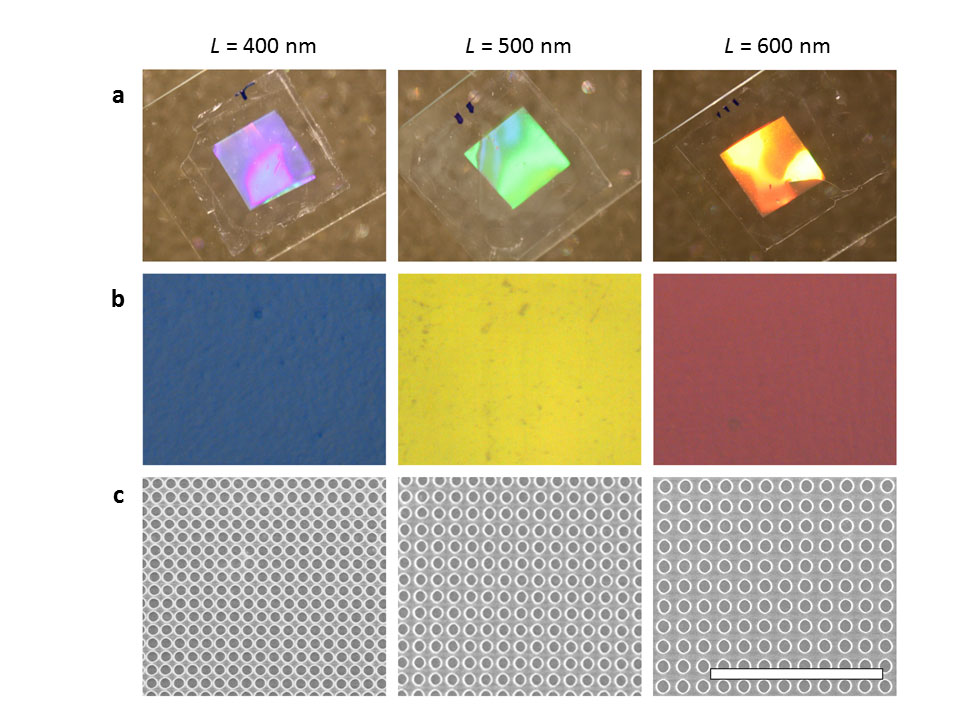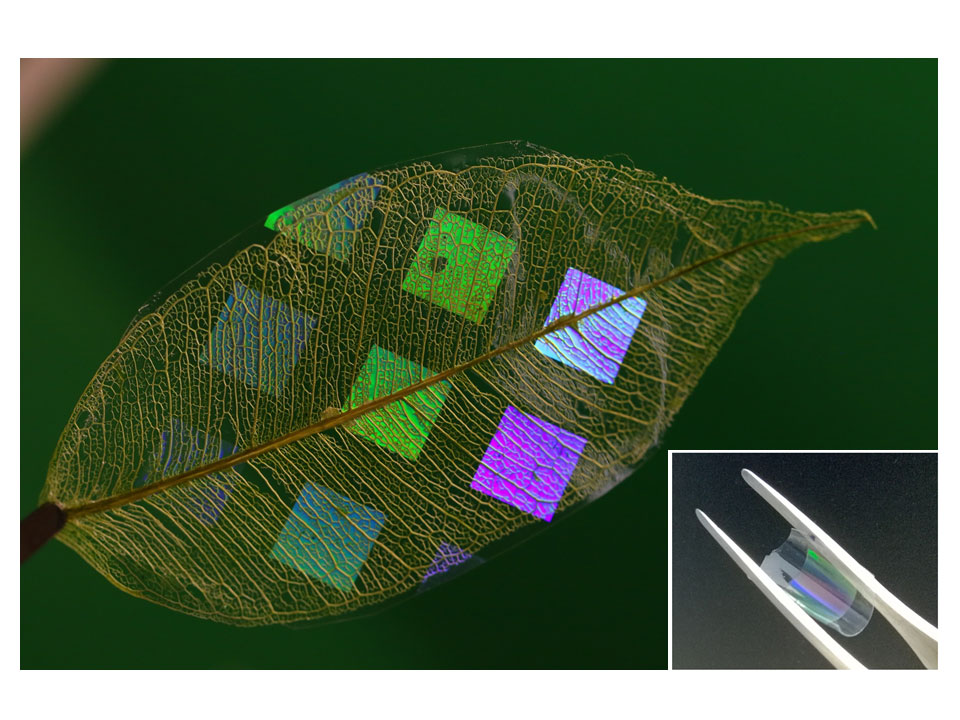Cellulose and its derivatives have gained renewed interest as favorable alternatives to conventional plastics, due to their abundance and lower environmental impact. Cellulose is probably the most interesting biopolymer because it is abundant on Earth and for centuries has had a wide technological relevance in areas such as textiles, packaging and knowledge storage. Cellulose is a polysaccharide that results from the repetition of glucose units. It consists of fibers with dimensions of 2 to 4 mm in length and 2 to 200 microns in diameter. By appropriate processing it is possible to obtain cellulose nanoparticles which form nanocellulose. The typical arrangement of cellulose microfibers scatters light diffusively, providing the well-known white color of paper. Nanocellulose instead can form compact and transparent films or colorful optically active ones, depending on the amorphous or crystalline arrangement of the nanoparticles. Hydroxypropyl cellulose (HPC) is just a nanocellulose derivative which is water soluble and particularly suitable for soft imprinting methods.
We succeeded for the first time to fabricate photonic and plasmonic structures by molding hydroxypropyl cellulose into sub-micrometric periodic lattices, using low-cost soft lithography. This is an alternative way to achieve structural color in this material (see Fig. 1). Cellulose-based photonic crystals are biocompatible and can be dissolved in water or not, depending on the derivative employed. Patterned cellulose membranes exhibit tunable colors and may be used to boost the light emission properties of a host organic dye. Furthermore, we demonstrated how metal coating these cellulose photonic architectures leads to plasmonic crystals with excellent optical properties acting as disposable surface-enhanced Raman spectroscopy (SERS) substrates for ultra-sensitive optical characterization. Essentially, we proposed an alternative route to easily provide cellulose derivatives with an optical functionality, enabling the fabrication of cellulose-based two-dimensional photonic structures with sub-micrometer features with great potential in a variety of photonic applications, as illustrated in Fig. 2.
Reference

